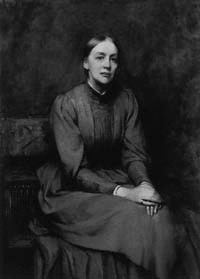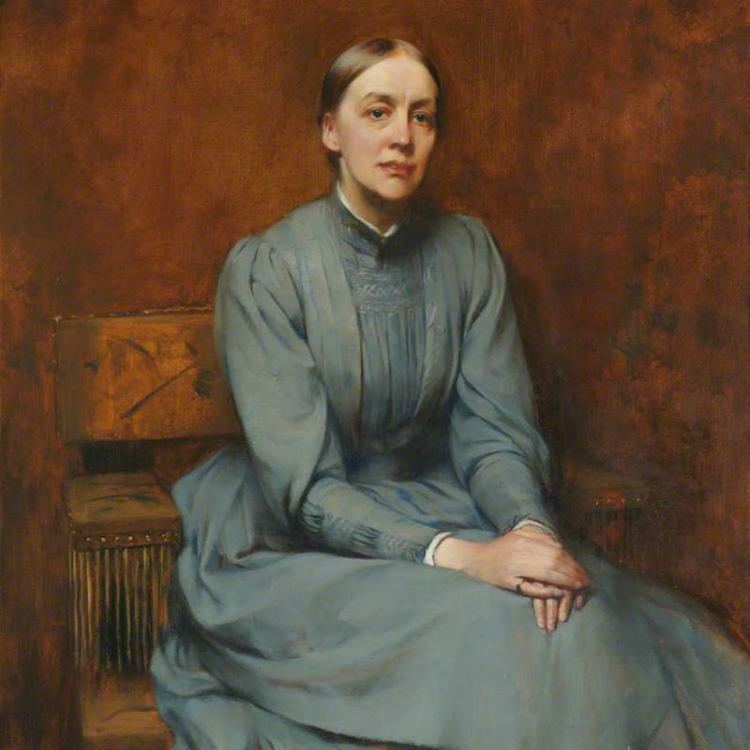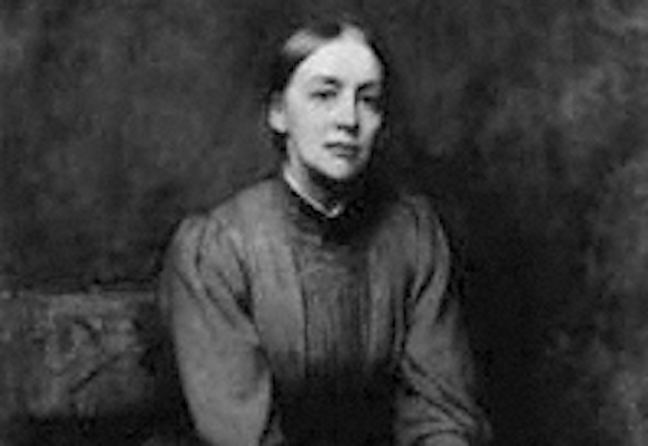Name Eleanor Sidgwick | Parents James Maitland Balfour | |
 | ||
Siblings Arthur Balfour, Francis Maitland Balfour Grandparents James Balfour, Lady Eleanor Similar People Henry Sidgwick, Arthur Balfour, Francis Maitland Balfour | ||
Eleanor Mildred Sidgwick, (née Balfour; 11 March 1845 – 10 February 1936), known as Nora to her family and friends, was a physics researcher assisting Lord Rayleigh, an activist for the higher education of women, Principal of Newnham College of the University of Cambridge, and a leading figure in the Society for Psychical Research.
Contents

Biography

Eleanor Mildred Balfour was born in East Lothian, daughter of James Maitland Balfour and Lady Blanche Harriet. She was born into perhaps the most prominent political clan in 19th-century Britain, the 'Hotel Cecil': her brother Arthur would eventually himself become prime minister. Another brother, Frank, a biologist, died young in a climbing accident.
One of the first students at Newnham College in Cambridge, in 1876 she married (and became converted to feminism by) the philosopher Henry Sidgwick. In 1880 she became Vice-Principal of Newnham under the founding Principal Anne Clough, succeeding as principal on Clough's death in 1892. She and her husband resided there until 1900, the year of Henry Sidgwick's death. In 1894 Sidgwick was one of the first three women to serve on a royal commission, the Bryce commission on Secondary Education.
As a young woman, Eleanor had helped Rayleigh improve the accuracy of experimental measurement of electrical resistance; she subsequently turned her careful experimental mind to the question of testing the veracity of claims for psychical phenomena. She was elected President of the Society for Psychical Research in 1908 and named President of Honour in 1932.
She was a member of the Ladies Dining Society in Cambridge, with 11 other members.
In 1916 Sidgwick left Cambridge to live with one of her brothers near Woking, where she remained until her death in 1936.
She was awarded honorary degrees by the universities of Manchester, Edinburgh, St Andrews and Birmingham.
Psychical research
Most of her writings related to psychical research, and are contained in the Proceedings of the Society for Psychical Research. However, some related to educational matters, and a couple of essays dealt with the morality of international affairs.
Sidgwick was highly critical of physical mediumship. In 1886 and 1887 a series of publications by S. J. Davey, Richard Hodgson and Sidgwick in the Journal for the Society for Psychical Research exposed the slate writing tricks of the medium William Eglinton. Sidgwick regarded Eglinton to be nothing more than a clever conjurer. Due to the critical papers, Stainton Moses and other prominent spiritualist members resigned from the Society for Psychical Research.
In 1891, Alfred Russel Wallace requested for the Society to properly investigate spirit photography. Wallace had endorsed various spirit photographs as genuine. Sidgwick responded with her paper On Spirit Photographs (1891) which cast doubt on the subject and revealed the fraudulent methods that spirit photographers such as Édouard Isidore Buguet, Frederic Hudson and William H. Mumler had utilized.
